The Portland Art Museum’s Center for Contemporary Native Art recently brought together two Cherokee artists, Brenda Mallory (Cherokee Nation) and Luzene Hill (Eastern Band Cherokee), for an exhibit called Connecting Lines. According to the museum display:
“Art is powerful. It has the ability to take an idea, a concept, and mold it into an object. It can become the physical embodiment of an emotion. Art may change perceptions or even cause pain. The works of Luzene Hill and Brenda Mallory serve many purposes. Like the artists themselves, the installations here are complex, reflective, and beautiful. While art is powerful, it is the artists who must harness and manifest this power for the viewer.”
Brenda Mallory writes:
“For 500 years, Cherokee people have survived colonization, repression, and relocation. But we remain a vital presence in the face of catastrophe or chaos. Ideas of repairs and damage inform my work—whether the disruptions are in personal lives, cultures, or systems of nature.
I think the response to change or upheaval, the mending of something that has broken, can be beautiful and informative. In this work, the spore-like clusters that dance along the floor and up the wall represent hope and possibilities of new life. The dark forms are remains: somber, but still standing, and not forgotten.”
Luzene Hill writes:
“Enate is an exposition of the numbers of Native American women who are sexually assaulted each year, presented as material volume—6956 silk taffeta female figures. The silhouettes, dyed with cochineal, are motifs from the earliest (4,000-3,500 BCE) images of females in the Americas. 6956 is the average reported number of Native American women sexually assaulted each year. These figures are layered in threes. Native women are three times more likely to be assaulted than other women in the United States and the majority of the assaults are by non-Native men. Each trio forms a cluster, resembling feathers, and is attached to the cloak, metaphorically unifying the women into a solid mantle of protection and empowerment.”
Luzene Hill writes:
“Cochineal, a type of scale insect, was cultivated and used extensively as a dye in the Americas to denote sacred life and death, generally reserved for ceremonies. The intense red hue, carminic acid, is found only in the female and serves as a deterrent to predators. When the Spanish came upon this resource (a commodity to them), they plundered it, as they plundered the land and the people. It became a major export to Spain, where it was used in garments to symbolize power and wealth (notably Cardinals’ robes in the Catholic church and British Redcoats). Titian, as well as other major European artists, used cochineal pigment.”

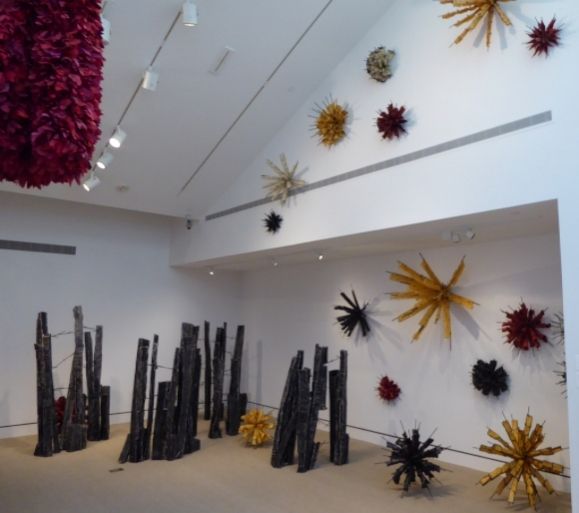

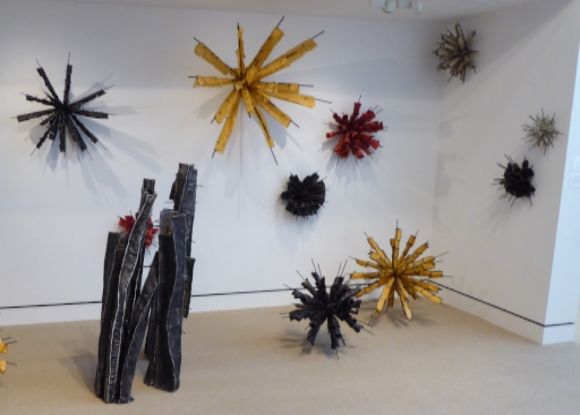
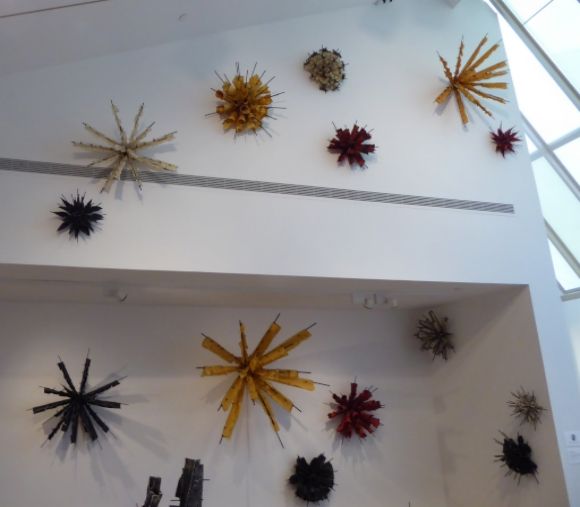
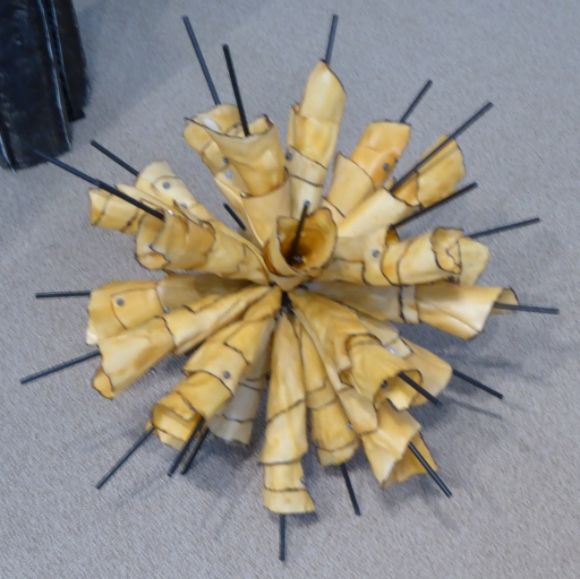
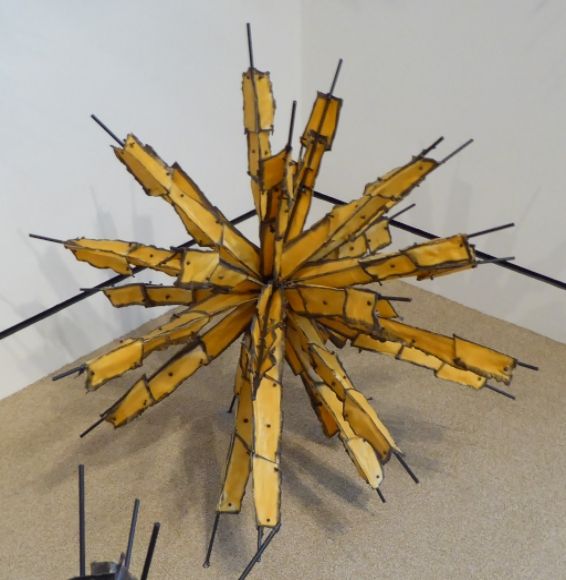
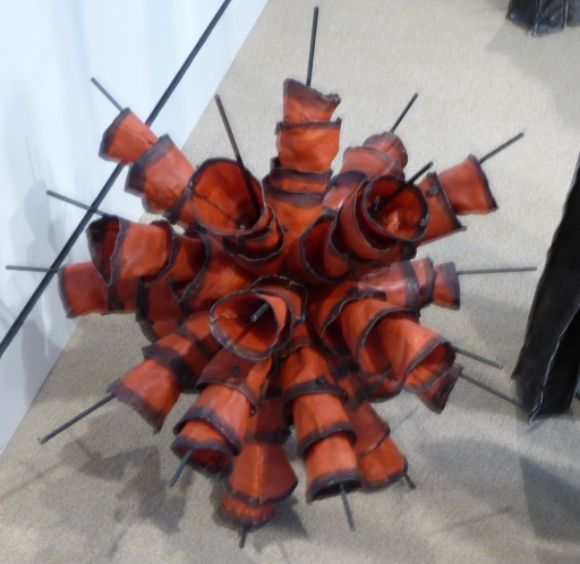
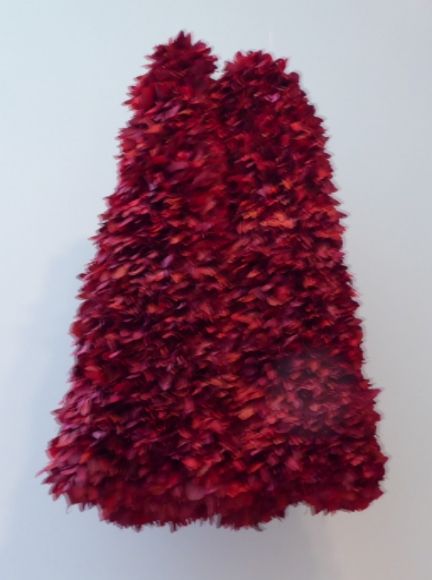
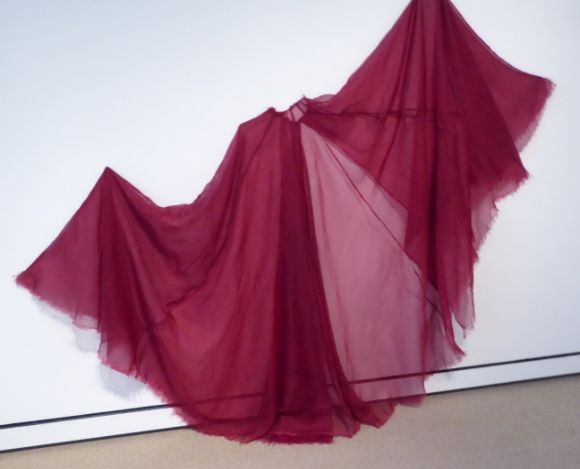
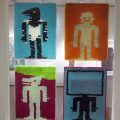
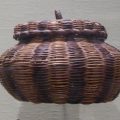
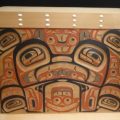
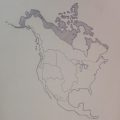
Leave a Reply